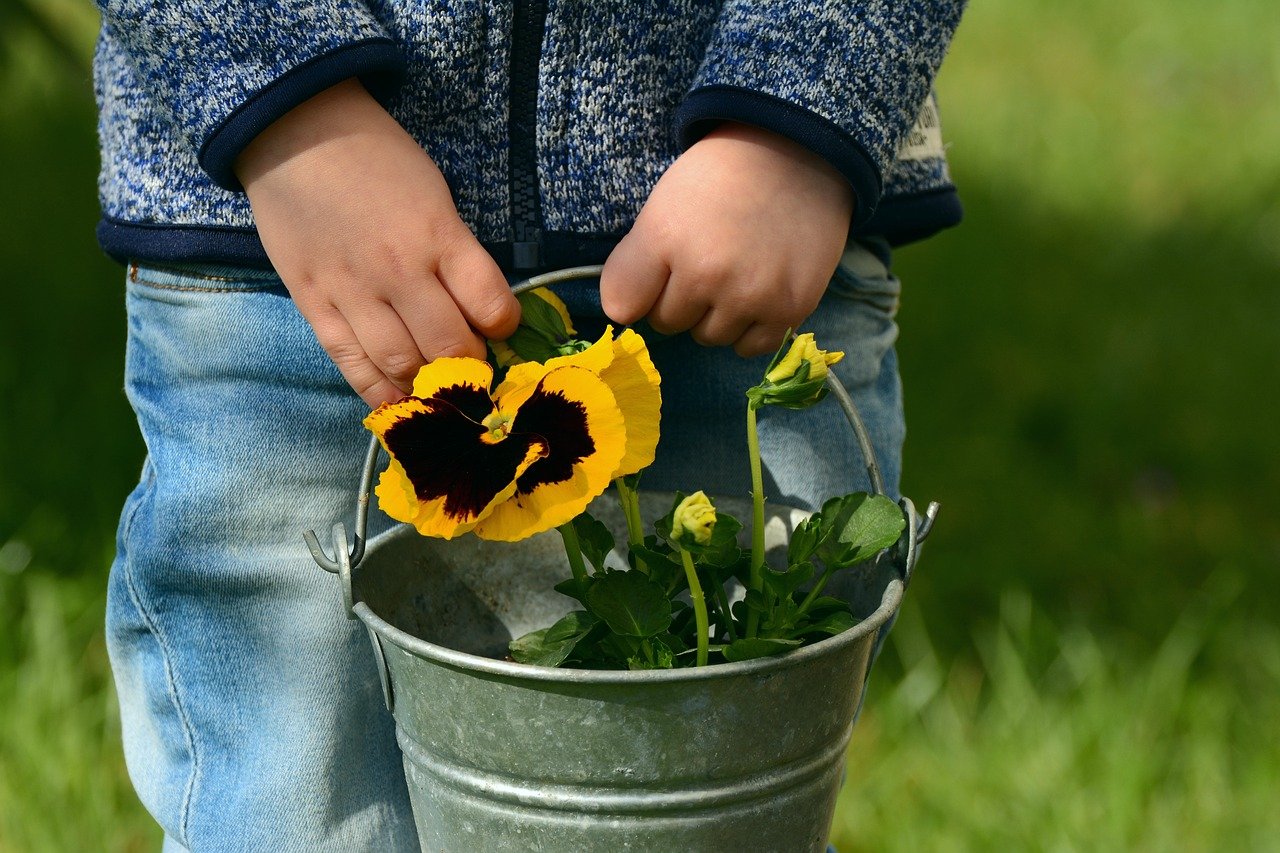Plant Power: Planting Flowers & Vegetables in Schools

Schools have been doing it for years; sending their pupils home with a sunflower plant that they’ve grown from seed however, have you ever thought about growing flowers or vegetables with your pupils on a larger scale?
There’s lots of ways you can go about it depending on the usable outdoor space you and your pupils have access to, and it’s important to ensure that whatever way you do decide to go about it, that every pupil can take part.
Growing vegetables and flowers with your pupils can be an education task which is fun and engaging and has many benefits such as having calming effects on the children and encourages teamwork.
What Can you Grow at School?
Vegetables
Anything that you can germinate from seed! The most obvious choice is vegetables as they offer the most educational value to your pupils such as learning where their food comes from. Not only that, children can be picky eaters and vegetables tend to be their least favourite snack. However, by growing food from tiny seeds, they are bound to want to try what they’ve grown, helping them to make healthier choices now and in the future too.
Some vegetables that are easy to grow include:
- Tomatoes – there’s lots of varieties in different colours, shapes and sizes
- Salad leaves
- Bell Peppers
- Carrots
- Radishes
- Peas
- Spring Onions
- Runner Beans
- Beetroot
- Herbs
Flowers
It’s also important to consider adding flowers to your school garden. Even though your pupils won’t be able to watch food grow, they will notice all the birds, bees, butterflies and other insects that their flowers attract, not to mention that they will look beautiful too! You could also incorporate it into a lesson by asking them to document the wildlife they discover and drawing them.
Birds love to feed on the seeds from old sunflower heads and bees need the nectar from flowers to survive. Many other insects will feed and make a home within the flowers planted and the children can learn how to look after wildlife whilst also feeling good about doing so at the same time.
The most cost-effective way to grow a variety of flowers would be to buy a wildflower mix and this will contain seeds for lots of different flowers for an array of colours and heights. Of course, you can always ask parents and grandparents if they have any seeds they can spare, and many companies run schemes where they give out free wildflower seeds so keep an eye out.
Overall, it will be ideal to plant a mixture of both vegetable plants and flowers to offer a good selection for educational purposes and for wildlife.
Aside from a wildflower mix, easy to grow flowers include:
- Sunflowers
- Sweet Peas (not edible)
- Love in a Mist
- Poppies
- Marigolds
- Geraniums
- Fuchsias
- Pansies
Planting at School
Depending on the space that is available to you within your school, you could take up a fairly small space that you and your pupils could use to plant vegetables and flowers.
Seeds can be started off in the classroom on a sunny windowsill and then transplanted outside once they’re big enough and the weather is adequate.
If you have a school canopy, it’s an ideal place to grow lots of flowers and vegetables in pots. It’s also an ideal area to plant your seeds, reducing mess inside the classroom and enabling you to still tend to the flowers even when it’s raining.
If you don’t have the space at school, do you have a community garden/open space near to your school that your local authority may allow your school to grow vegetables or plants with the children? It’s always worth enquiring. Local companies may like to get involved by providing funding and residents may volunteer to help with the upkeep.
Planting at Home
You may be put off the idea of giving children homework of planting seeds at home as many do not have access to garden however, if you give them a small amount to grow which can be grown on a sunny windowsill, all children should be able to participate.
There’re many plants can be grown indoors on a windowsill including salad leaves, cress, herbs, kale, baby beetroot and radishes.
Download our Free Wildflower Seed Growing Guide, although our free seeds are sadly no longer available, you can still download the free guide for growing tips and lots of activities for your pupils to enjoy.
Able Canopies Ltd. design, manufacture and install canopies and shade structures at schools, nurseries and educational settings to enable year-round Free Flow Outdoor Play and Outdoor Learning.
For more information please contact us
Follow us on our social media accounts for the latest funding advice, new products & latest news:
Twitter | Facebook | LinkedIn | Instagram
Categories
- Canopies for Architects & Contractors
- Canopies for Healthcare
- Canopies for Restaurants, Bars and Hotels
- Canopies for Retail & Commercial
- Canopies for Schools
- Canopies for Sports & Leisure
- Canopy Maintenance
- Case Studies
- Cool Links & Facts
- Cycle Parking Solutions
- Dates for Your Diary
- Eco-Friendly Holiday Crafts
- Employee Spotlight
- Environmental Tips
- Funding and Fundraising
- How to... Get the Most out of Your Canopy
- Latest News
- Latest Stories
- Lockdown Outdoor Learning & Play Ideas
- MD News
- Newsletters - Architects & Contractors
- Newsletters - Schools & EYFS
- Outdoor Learning
- Outdoor Play
- Planning Your Cycle Parking
- Product Focus
- Solar Carports
- Spring Fundraisers 2017
- Summer Shade
- The Good Canopy Guide
- Wall Mounted Canopies












